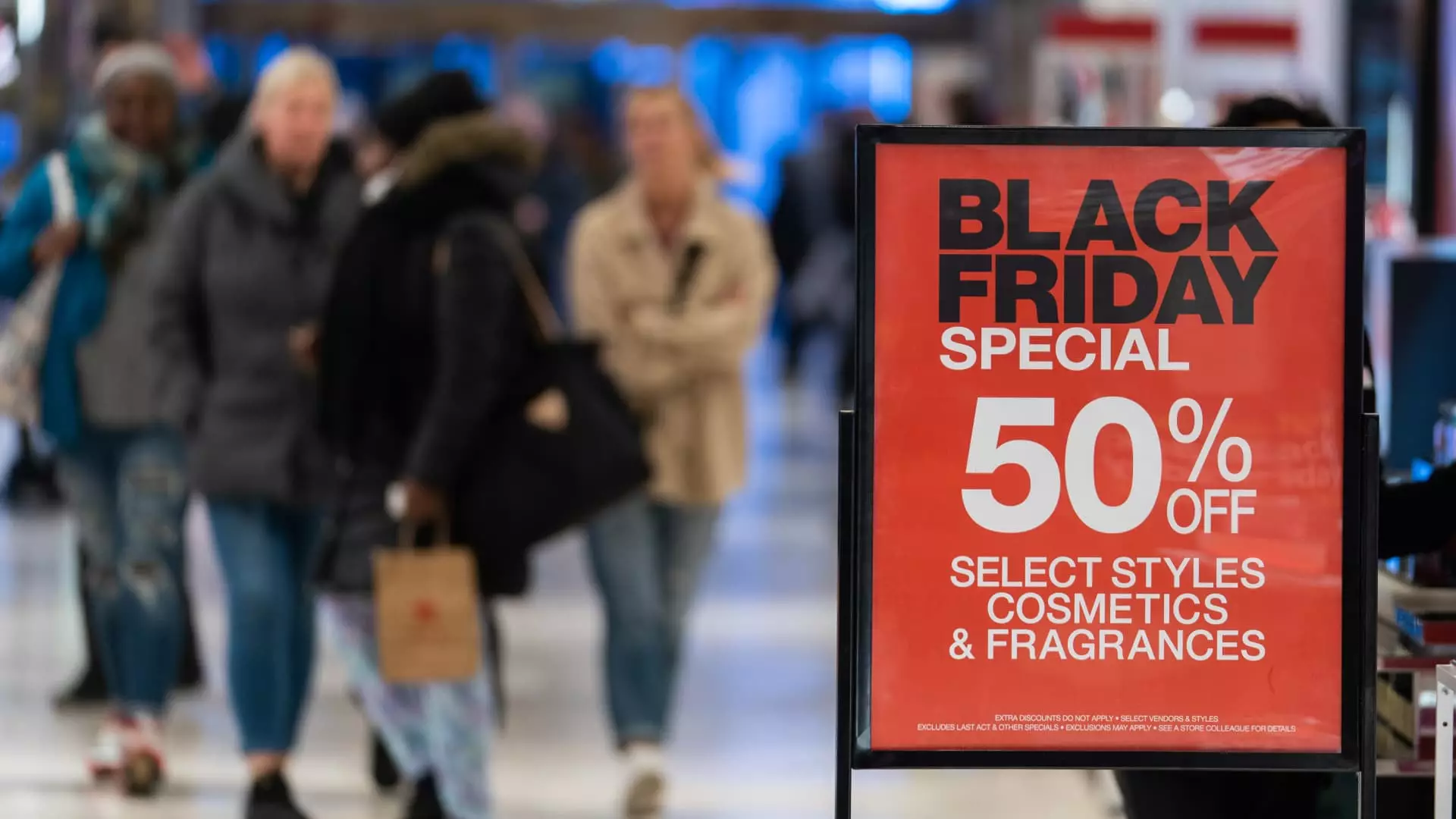As the holiday shopping season unfolds, it marks a critical moment for both consumers and retailers alike. The five-day period from Thanksgiving through Cyber Monday has become a battleground for shoppers chasing the best deals, a scenario that could see an unprecedented influx of participants this year, according to predictions from the National Retail Federation. However, while shoppers immerse themselves in the frenzy of discount hunting, it is essential to scrutinize the veracity of the deals advertised and adopt strategic approaches for smart spending.
A prevailing concern during Black Friday sales is the reality behind the discounts. Recent data from WalletHub reveals that a significant 35% of products available at major retailers offer no actual savings compared to their prices earlier in the season. This finding underscores a growing trend where retailers may artificially inflate original prices, creating an illusion of substantial markdowns. According to consumer expert Andrea Woroch, shoppers need to be wary, as many deals might not represent the genuine savings they appear to offer.
The manipulation of pricing strategies not only plays on consumer psychology but also reflects a broader trend in retail. Adam Davis from Wells Fargo suggests that changes in consumer habits and shorter sales windows leading into the holiday season have prompted retailers to extend discount periods. For instance, with the Christmas shopping window shrinking in subsequent years, the urgency to clear inventory has led retailers to start promotions earlier in November. This shift, while beneficial for shoppers during the holiday season, creates a complex landscape where discerning genuine deals from mere marketing tactics has become increasingly challenging.
Beyond pricing concerns, the logistical aspects of holiday shopping are paramount. With more shoppers flocking to online stores, the fear of delayed deliveries looms large. According to Patrick Kelleher, CEO of DHL Supply Chain North America, many customers may face longer wait times for their orders, especially if placed during peak shopping periods like Black Friday. The pandemic has already exposed fragilities within the supply chain, and ongoing labor shortages exacerbate these issues, leading to a more strained delivery system.
As a consequence, the enjoyment associated with online shopping might become overshadowed by the anxiety of late or lost packages. Consumers are not only cognizant of potential delays but also face risks such as damaged or stolen items—a phenomenon commonly referred to as “porch piracy.”
While Black Friday is traditionally associated with slashing prices on various categories such as apparel, electronics, and home goods, it’s essential to recognize when to shop for specific items. Many experts suggest that while clothing discounts are robust on Black Friday, consumers should consider waiting for certain categories. For example, beauty items and footwear tend to be better priced on Cyber Monday, while travel-related purchases can be significantly cheaper on “Travel Tuesday,” as airlines and hotels look to fill seats and rooms.
Additionally, popular items like toys and holiday decorations often see price reductions closer to Christmas, while larger purchases like exercise equipment are typically more favorably priced during January’s “white sales.” These insights suggest that a savvy shopper should not merely focus on one shopping day but instead, adopt a strategic approach over several weeks to maximize savings.
In the age of digital shopping, technology offers numerous tools that can enhance the shopping experience. Tools like Honey and Camelizer allow users to monitor price fluctuations, and secure alerts for price drops. For in-store shopping, applications such as ShopSavvy facilitate quick price comparisons, empowering consumers to assert their leverage in negotiations with retailers.
Additionally, employing layered discounts can further boost savings. By combining credit card rewards with coupons and cashback programs, shoppers can optimize their expenditure, making their purchases even more cost-effective. Furthermore, retailers often have price adjustment policies in place, meaning that if a product purchased during the Black Friday period is discounted shortly afterward, consumers can request a price match or refund for the difference.
The holiday shopping season, particularly during the densely packed days from Thanksgiving to Cyber Monday, offers a mix of opportunities and challenges. With the potential for excessive consumerism marred by misleading sales tactics and logistical challenges, a thoughtful and informed approach becomes of paramount importance. By leveraging timing, technology, and strategic discounting methods, consumers can navigate this dizzying moment effectively, ensuring they make the most of their holiday spending while remaining vigilant against the pitfalls of an evolving retail landscape.

